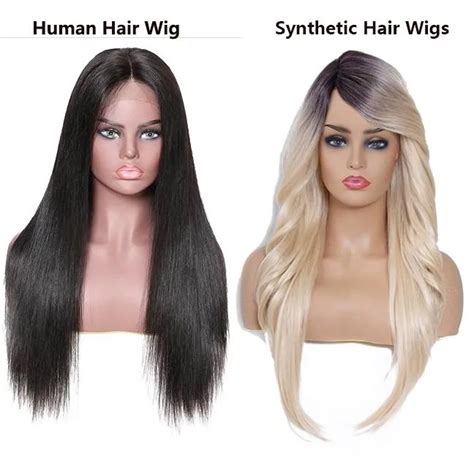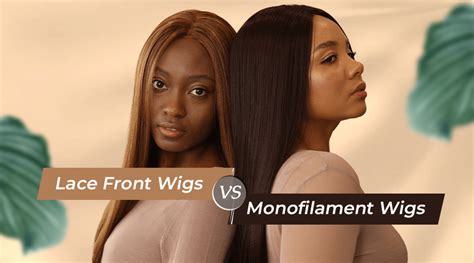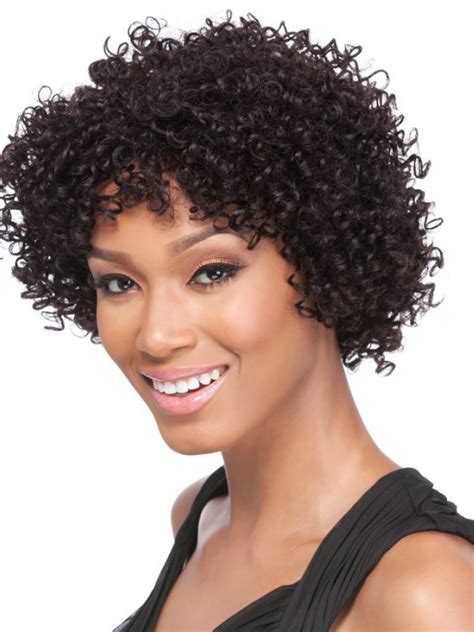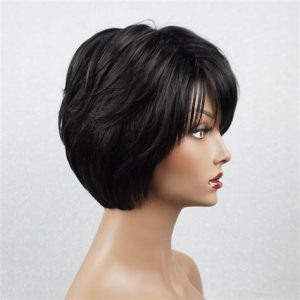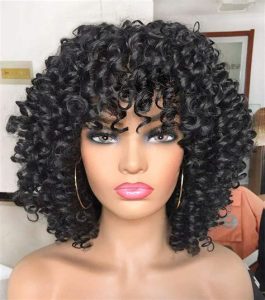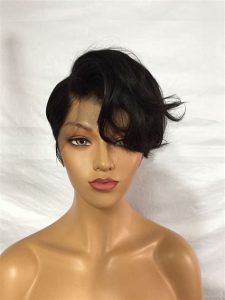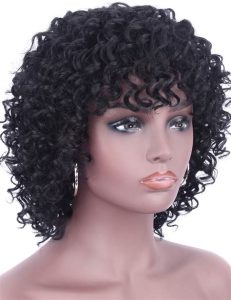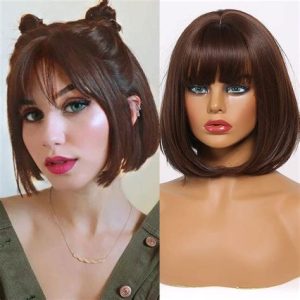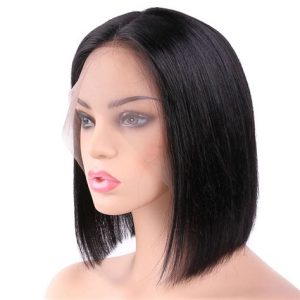Natural Wigs VS Synthetic Wigs: Which Reign Supreme in 2025?
Introduction
The quest for the perfect wig has been a long-standing pursuit for black women seeking versatility, style, and protection for their natural hair. The emergence of natural hair wigs has revolutionized the hair industry, introducing new options like lace front bobs and shoulder-length synthetic wigs. But which type emerges victorious in the battle of natural wigs? This article delves into a comprehensive comparison, exploring the pros and cons of each choice to empower you with informed decision-making.
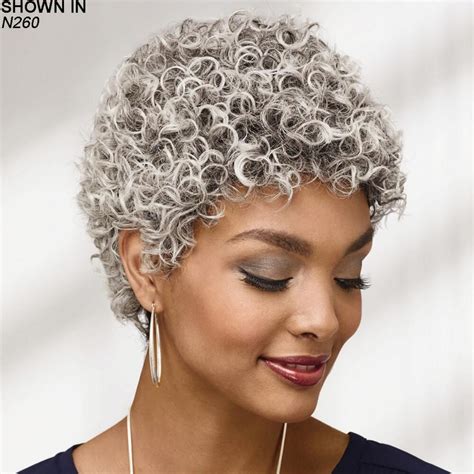
Defining the Contenders
Natural Wigs: Crafted from 100% human hair, natural wigs offer an unparalleled match to your natural hair texture, curl pattern, and color. Renowned for their:
- Unparalleled Realism: They mimic natural hair so seamlessly that they can be undetectable.
- Styling Versatility: They can be styled with heat tools, dyed, and cut to create various looks.
- Breathability: Human hair allows for better airflow, reducing discomfort during prolonged wear.
Synthetic Wigs: Synthesized from man-made fibers, synthetic wigs offer affordability, low maintenance, and vibrant color options. Their strengths include:
- Budget-Friendliness: They are significantly more affordable than natural wigs.
- Easy Maintenance: They require minimal styling and cleaning, making them convenient for everyday wear.
- Color Vibrancy: Synthetic wigs come in an array of bold and vibrant hues not readily available in natural hair.
Comparative Analysis
Comfort and Longevity
Natural Wigs: More comfortable due to breathability; last 6-12 months with proper care.
Synthetic Wigs: Less comfortable due to limited airflow; last 3-6 months with average wear.
Styling Versatility
Natural Wigs: Highly versatile; can be styled with heat tools and dyed.
Synthetic Wigs: Limited styling options; heat tools can damage fibers.
Natural Look and Feel
Natural Wigs: Mimic natural hair perfectly; undetectable when applied correctly.
Synthetic Wigs: Can appear artificial and shiny; may not match hair texture or color.
Cost
Natural Wigs: Significantly more expensive than synthetic wigs.
Synthetic Wigs: Affordable and budget-friendly.
Applications and Choosing the Right Wig
Motivations for Wearing Wigs:
- Protect natural hair from damage
- Enhance length, volume, or style
- Express oneself creatively
Pain Points in Wig Selection:
- Comfort and breathability
- Styling limitations
- Cost
Step-by-Step Approach to Wig Selection:
- Identify Your Needs: Determine your reasons for wearing a wig and your desired look.
- Research and Compare: Explore both natural and synthetic wigs, considering factors such as comfort, styling versatility, and cost.
- Consult a Professional: Seek guidance from a stylist or wig expert to find the best match for your hair type and lifestyle.
- Try On Before Buying: If possible, try on different wigs before making a purchase to ensure comfort and suitability.
Market Insights: The Future of Natural Wigs
- The global wig market is projected to reach $10.9 billion by 2025, with a significant share attributed to natural wigs.
- The growing demand for protective hairstyles among black women is a key driver of the natural wig market.
- Advances in wig technology, such as lace front constructions and heat-resistant synthetic fibers, are enhancing the natural look and feel of wigs.
Highlights and Standout Features of Natural Wigs
- Full Lace Wigs: Provide the most natural hairline and versatility, allowing for styling in various partings.
- HD Lace Wigs: Transparent lace that blends seamlessly with all skin tones, creating an invisible hairline.
- Custom-Made Wigs: Tailored to individual head measurements and hair specifications for a perfect fit and natural look.
Future Trends and Innovations: What’s Next?
- Biomimetic Wigs: Wigs designed to mimic the biology and growth patterns of natural hair, enhancing their realism and integration.
- Smart Wigs: Wigs integrated with technology, such as sensors and actuators, to provide personalized styling recommendations and enhance user comfort.
- Sustainable Wigs: Wigs made from eco-friendly materials, such as recycled fibers or biodegradable lace, reducing environmental impact.
Conclusion
The choice between natural and synthetic wigs hinges on individual needs and preferences. Natural wigs offer superior comfort, styling versatility, and realism but come with a higher price tag. Synthetic wigs provide budget-friendliness, easy maintenance, and vibrant color options but may compromise on naturalness and styling flexibility. By carefully considering the comparative factors, motivations, and future trends, you can make an informed decision that empowers you with the perfect wig to elevate your style and protect your natural hair.
